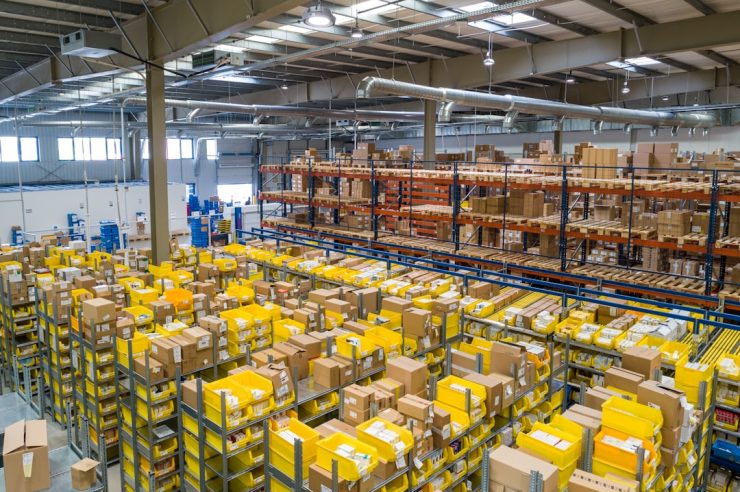Ever wonder why a product costs one price on Amazon and a different price on a brand’s website? It’s because selling on a marketplace and off a marketplace follows different pricing strategies. Let’s break it down in a fun and simple way!
What is a Marketplace?
A marketplace is a big online store where many sellers come to offer their products. Think of it like a giant mall—but online. Popular examples include:
- Amazon
- eBay
- Walmart.com
- Etsy
Selling off a marketplace means the business sells directly through its own website. For example, yourbrand.com.
[ai-img]amazon, online shopping, ecommerce[/ai-img]
How Pricing Works On a Marketplace
Marketplace pricing is like a big game of tug-of-war. You’re not the only seller. You compete with many others who may sell the same—or similar—products.
Here’s how sellers usually price their items:
- Match or beat the price of other sellers to win the “Buy Box.”
- Include fees in the price—because guess what? Marketplaces take a cut!
- Use dynamic pricing tools that adjust prices based on competition.
So, if other sellers drop their prices… You probably have to drop yours too. It’s a race to the bottom sometimes!
Now Let’s Talk Off Marketplace
When businesses set prices on their own site, they play by their own rules. There’s less pressure to compete with other sellers in the same space.
Off marketplace pricing lets brands:
- Control the price without a middleman
- Include nicer packaging or service perks
- Offer bundles or limited offers
Because they don’t pay big fees to third-party platforms, they have more flexibility.
[ai-img]brand website, online store, product pages[/ai-img]
Real Talk: Why the Price Varies
The same product can cost $35 on Amazon but $40 on the brand’s site. Why?
Here’s the scoop:
- Marketplace Fees: Some platforms take 15% or more per sale. Ouch! That cost gets baked into the price.
- Convenience: Marketplaces offer fast shipping, reviews, and one-click buying. That adds value.
- Brand Loyalty: On their own site, sellers can offer better deals or give points and rewards.
Different Goals, Different Prices
On marketplaces, the big goal is volume. Sell more, even if profit per item is lower.
Off marketplaces? The goal is higher profit margins and building long-term customers.
Think of it like this:
- Marketplace = selling popcorn at a busy concert
- Off Marketplace = selling homemade gourmet popcorn at your own shop
Tips for Smart Pricing
Here are a few quick tips for sellers trying to master both worlds:
- Use separate pricing strategies for each channel. Don’t copy-paste your Amazon price to your website.
- Offer exclusive deals on your site to attract loyal buyers.
- Track fees and costs on each platform—you might be surprised how different your profit looks!
[ai-img]sales strategy, ecommerce pricing, online competition[/ai-img]
Final Thoughts
Selling online is exciting—but also tricky. Know your channels. Know your audience. The price isn’t just a number—it’s part of your whole business game plan.
Whether you’re on a busy marketplace or flying solo on your site, set your prices smartly. Your bottom line will thank you!



